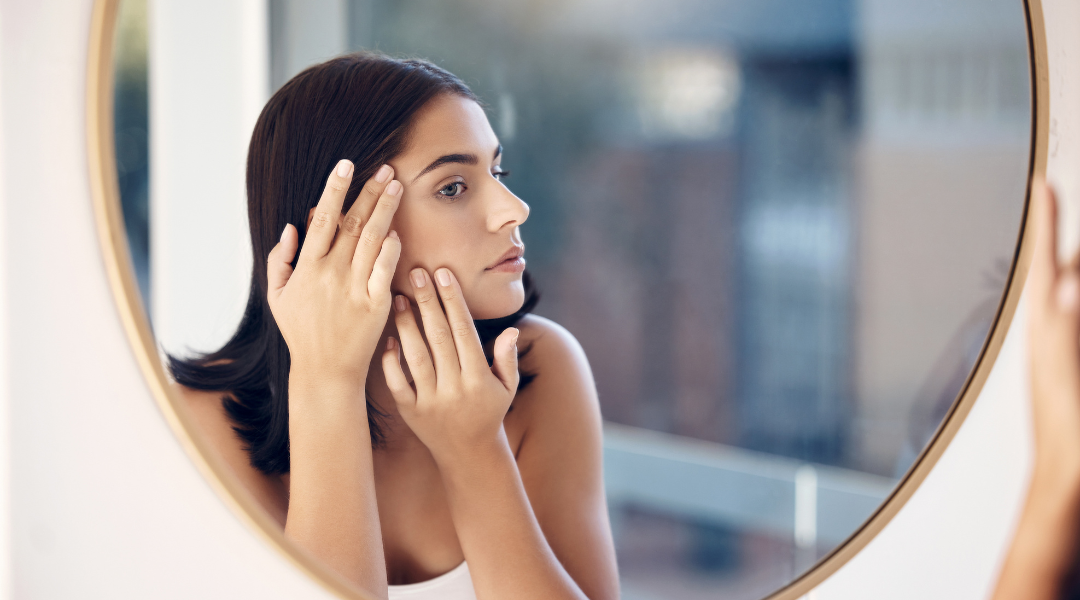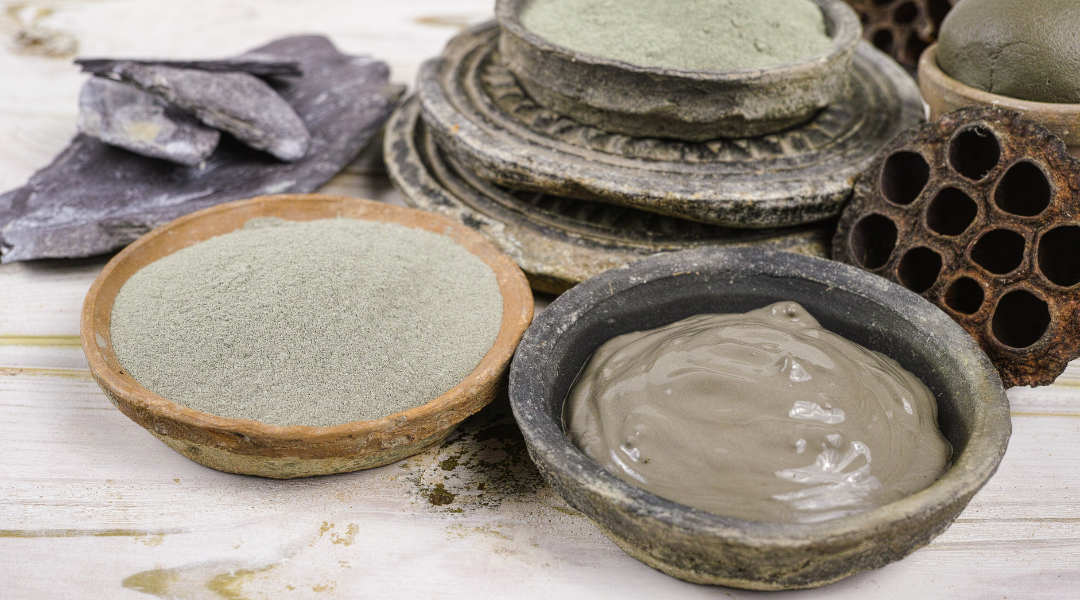Hacks for Reducing Skin Inflammation: Rashes, Allergies & Dermatitis
Imagine investing generous amounts of money and time caring for your skin only for it to breakout in an unsightly rash - for skin enthusiasts like us, nothing is quite as aggravating as this. Fortunately, skin allergies can be controlled and, through understanding how to do so, a new level of skin wellness can be achieved.
In order to prevent and regulate skin allergies, we have to learn a little bit about the immune system. Our immune system is not only essential for warding off a cold, it also protects the skin from inflammatory mediators that can irritate the skin and induce a rash. Learning how to maximize the strength of the immune system can ensure skin that is not only beautiful but resistant to stress and inflammation.
Before we discuss exactly how to do this, let’s talk a little bit about how and why skin allergies occur.
What Causes Skin Inflammation & Allergies
Atopic Dermatitis is the most common type of inflammatory skin disease. It is considered an allergic reaction of the skin and is characterized by dry, itchy and irritated skin. According to research, dermatitis is driven by a surplus of inflammatory substances that elevate in response to a host of environmental toxins and allergens, including pollens, pathogenic microbes, air pollution, radiation, industrial chemicals and more.
Over the last decade scientists have discovered that dermatitis and skin allergies develop in part from both inherited and acquired defects in the skin’s immune system. When the immune system is compromised, there is a surge of the proinflammatory substance histamine. Histamine is an aminergic neurotransmitter that contributes to physiological processes such as itch, inflammation, and vascular leakage.
Studies have confirmed that histamine is elevated in the skin of people with dermatitis, skin rashes and allergies, which is why antihistamines are often used to treat them. Histamine is known to inhibit terminal differentiation of keratinocytes (skin cells that produce keratin), which weakens the skin barrier.
The damaging effects of excessive histamine can lead to skin inflammation and give rise to symptoms such as:
- Scaly skin or cracked skin
- Itchy skin
- Burns, blisters, or other lesions
- Redness
- Flushed skin
- Heat or warmth in the affected area
- Thickening of skin in the affected area
These factors make for an obvious solution to allergies; lower histamine. But this raises two questions; what causes histamine to be produced and what things inhibit its production?
What Causes Histamine Elevation?
Histamine is an inflammatory neurotransmitter that is produced in excess when the immune system responds to a stimulus or trigger. There are many different types of triggers that can increase the production of histamine, widening the blood vessels and making them more vulnerable to the many symptoms associated with inflammation and allergies.
Some of the top causes of histamine release are:
- Food Intolerances such as Celiac Disease: Certain foods can irritate the gut causing intestinal leakiness, and a concomitant rise in serotonin and histamine. People with food allergies are known to experience a skin condition called dermatitis herpetiformis when they eat foods that they are allergic to.
- Contact Dermatitis: Direct contact with certain poisonous, irritating or allergenic substances can cause skin irritation. Poison ivy is a common cause for contact dermatitis; however, studies show that most commercial personal care products, skin care, perfumes and cosmetic products can be very irritating to the skin and evoke an inflammatory response resulting in skin itchiness, dryness and other allergic symptoms.
- Bacterial, Viral, or Fungal Infections: Some infectious microbes can cause skin inflammation such as impetigo, cellulitis, ringworm and other yeasts.
- Elevated Estrogen: Excess estrogen can contribute to skin inflammation and allergies in a few ways. First of all, estrogen is known to activate retroviruses and stimulate cortisol production by way of the pituitary gland, both of which can suppress immune function and weaken the skin’s defenses. Additionally, actually a precursor to the production of histamine through a complex series of effects. Excess estrogen can increase the concentration of free fatty acids in the blood. If unsaturated, the free fatty acids can increase the production of hormone-like prostaglandins which promote histamine release from mast cells.
What to Do to Lower Histamine?
Now that we know what increases histamine, we have some hot tips on how to effectively lower histamine and therefore prevent and treat skin allergies. Here are some things to consider:
- Ditch Allergenic Personal Care Products: Remember, most commercial personal care products contain known allergens and inflammatory chemicals that can irritate the skin. If you have “sensitive skin” that is prone to allergic breakouts, we strongly suggest avoiding commercial personal care products and check out the toxic-free and nourishing skincare products we carry at Alitura.
- Natural Antihistamines: Most antihistamine medications have very negative side effects and act like a tranquilizer, we strongly suggest avoiding their use. Instead, try nature’s anti-histamines. Vitamin C helps to increase the production of the enzyme diamine oxidase, the enzyme that breaks down histamine and removes it from the body. Vitamin C-rich foods like ripe citrus make powerful antihistamines for this reason; however, oranges also contain a flavone known as naringine, which has anti-estrogen effects that can help prevent histamine production. Nettle root is another great all-natural antihistamine that can treat allergies.
- Aloe Vera: The aloe vera plant has been used for centuries as an aid for skin health. It is one of our personal favorite beauty foods/herbs. Studies have found that aloe has powerful anti-inflammatory effects that are helpful for accelerating wound-healing and treating pain and other symptoms of allergies. Aloe contains salicylic acid which is a powerful antihistamine and anti-estrogen that helps relieve pain, itch and redness. These are some of the reasons we use organic aloe vera juice in The Alitura Moisturizer. It plays a big part in the regenerative and anti-aging effects of the moisturizer.







Leave a comment